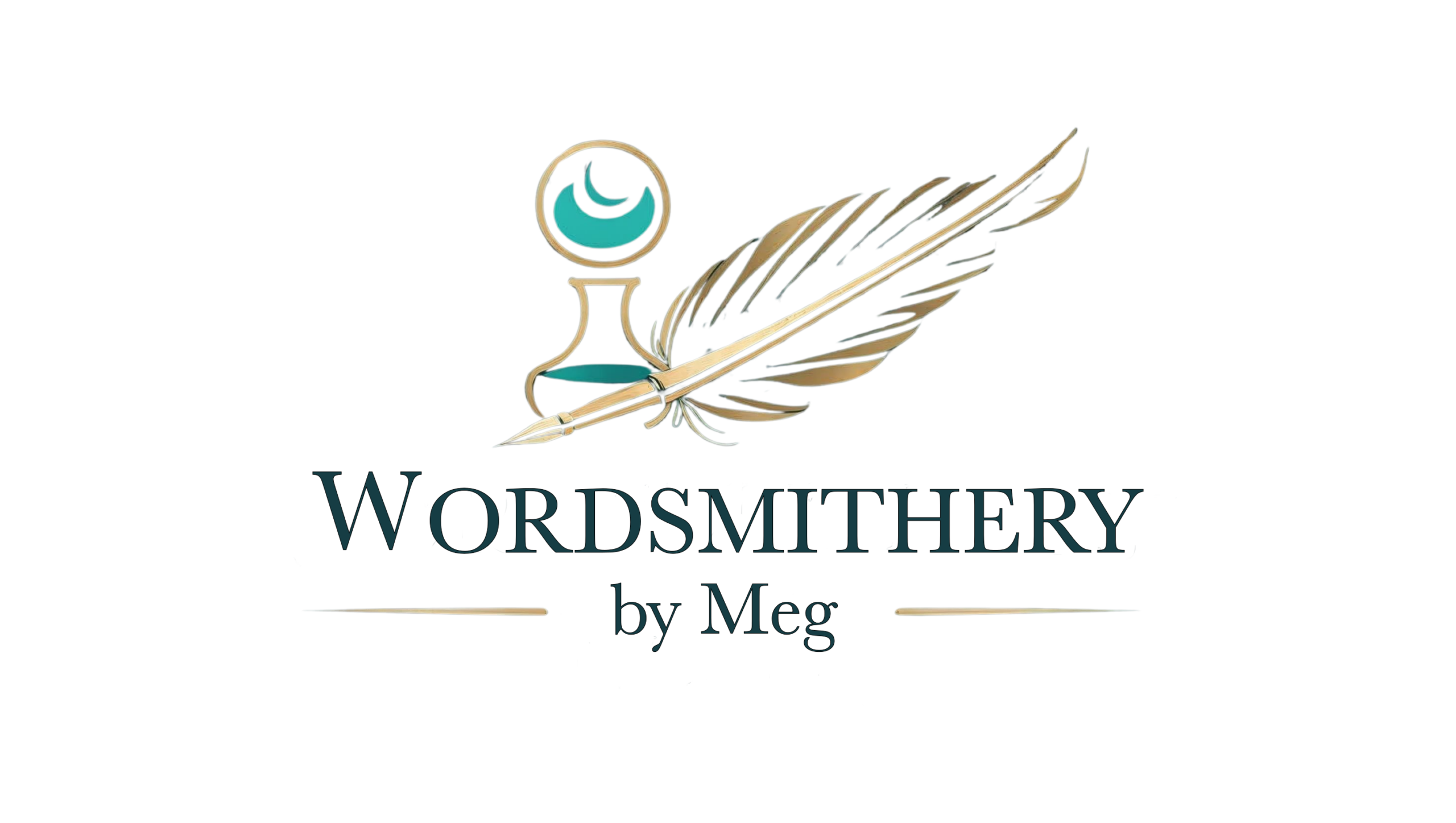Discussion Prompt: Assume you are a content creator for a public relations, marketing or healthcare entity. Present at least three specific guidelines that you would create to ensure images are used appropriately and ethically (such as when retouching, cropping, and compositing are acceptable and to what degree).
Photo editing has become just an accepted and ubiquitous part of our daily lives that “Photoshop” has indeed become a verb (Hunter, 2018). I myself have no compunction about using a very clever little app on my smartphone to slim myself down a little before I send my photos winging across the cyber skies to my eagle-eyed mother, and save myself some sharp words (however well earned); I have also, at my mother’s request, removed sunspots from her photos. While I worry about the ethical implications of such trivial use, they are much less dire than they would be for those images and photographs destined for a public audience.
As a content creator for a public relations firm, these are the three guidelines I would create:
- Refrain from combining images with disparate elements to form a photograph that tells a story not contained within both original images together. Using the example of the whales and penguins in the article, Ethics and Editing (Ethics and Editing), from this week’s reading, we can see how separate photos, one showing just penguins on an ice floe, and one showing just two whales breaking the surf, have been combined to depict a scene in which both sets of animals appear at the same time. Granted, the location of both photos is the same, but this photograph gives the impression that both events would happen—and did happen—in conjunction with each other. Whether or not these events could actually coexist—in the same place at the same time—is beside the point: the point of journalist and photography is to depict things as they are, not how we imagine them to be… without the most rigorous of disclaimers. Another, much more egregious example of how harmful and deceitful such a practice can be is Brian Walski’s combining of two war-time photographs that completely distorted the narrative and led to his termination from the Los Angeles Times (Riper, 2009).
- The use of filters and color enhancing tools is acceptable… as long as such enhancement is only for technical clarity and does not go beyond enhancing to distortion. This is a guideline from the Society of Professional Journalists (I admit that this is a takeaway from a previous course in the Master’s program that really spoke to me, so much so that it is on a post-it note on my desk!), which says, ““Never distort the content of news photos or video” (Society of Professional Journalists, 2014) but also goes on to clarify, “Image enhancement for technical clarity is always permissible.” The litmus test here is the distortion of content: if the color or other manipulation fundamentally changes the content, meaning, the story that is being told, then said manipulation is unacceptable. An example of acceptable manipulation is the sharpening of a photograph of a crowd to enable the reader or viewer to see the faces therein more clearly; and example of unacceptable manipulation is the enhancing an assault victim’s face to a point at which bruises aren’t just a little clearer and easier to make out, but to a point that indicates injuries more severe than they actually are.
- If enhancements and manipulations are made, disclose fully. Depending on the use of the images, manipulation may be expected and accepted, but it behooves us, as a public relations firm, to err on the side of caution and to be as transparent as possible regarding any manipulation. Not to be transparent about manipulations may very well lead to allegations of fraud (Ethics and Editing) and may very well damage the content provider’s reputation.
Ultimately, I think Patterson and Wilkins (Patterson & Wilkins, 2018) put it best: “The reason for the different standard for news photography is a presupposition that while art may be manipulated, information may not.” The litmus test, therefore, for the ethical standard of editing, is whether or not the actual story is changed by the manipulation.
References:
Ethics and Editing. (n.d.). Retrieved from Photo Review: http://www.photoreview.com.au/tips/editing/ethics-and-editing
Hunter, K. (2018). Module 6 Overview, COM-610-X3062 Communication by Design.
Patterson, Philip; Wilkins, Lee. Media Ethics: Issues and Cases). (2018) McGraw-Hill Education. Kindle Edition.
Riper, F. V. (2009, 03 04). Manipulating Truth, Losing Credibility. Retrieved from The Washington Post: http://www.washingtonpost.com/wp-srv/photo/essays/vanRiper/030409.htm
Society of Professional Journalists. (2014, September 6). SPJ Code of Ethics. Retrieved from Society of Professional Journalists: http://www.spj.org/ethicscode.asp
